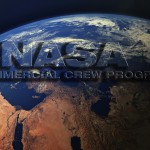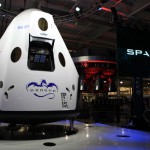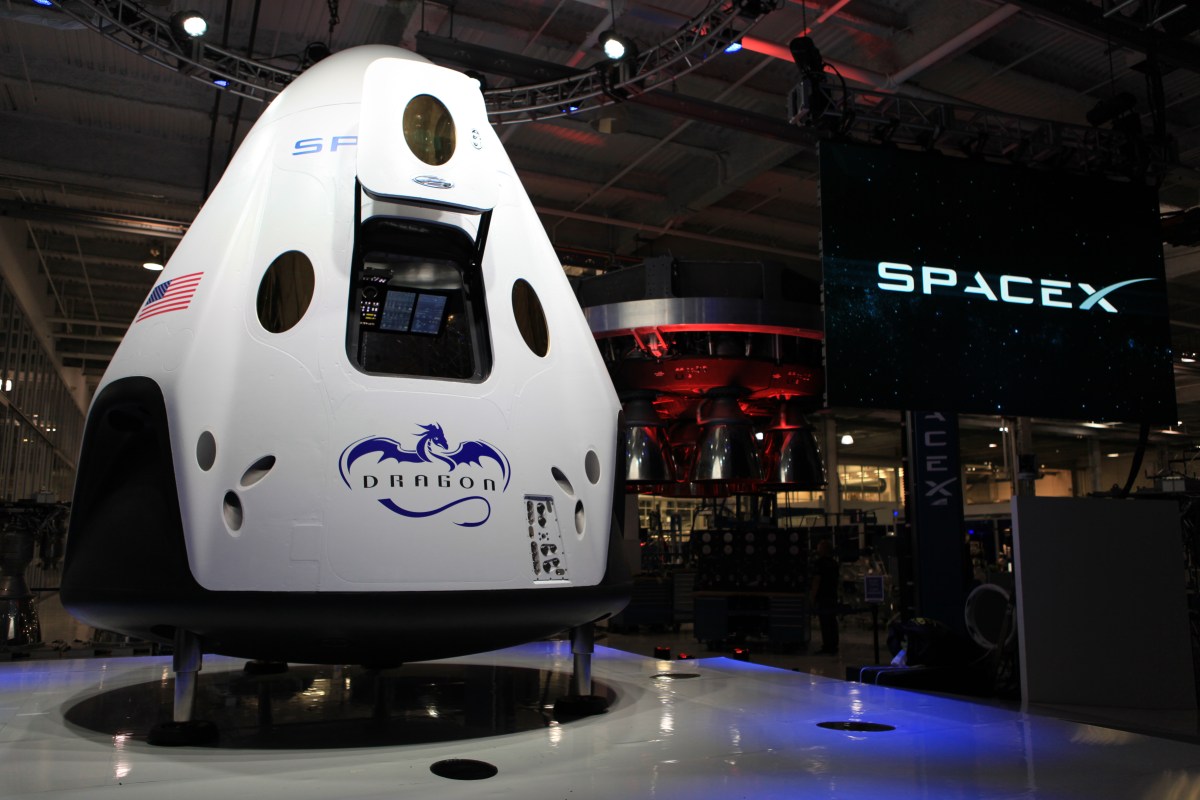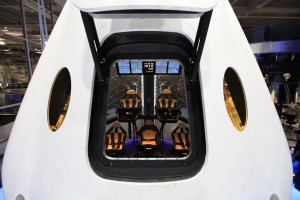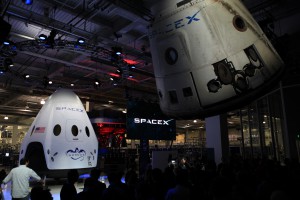Spacecraft and rocket development is on pace this summer for NASA’s aerospace industry partners for the agency’s Commercial Crew Program as they progress through systems testing, review boards and quarterly sessions under their Space Act Agreements with the agency.
NASA engineers and specialists continue their review of the progress as the agency and partners move ahead with plans to develop the first American spacecraft designed to carry people into space since the space shuttle.
“Our partners are making great progress as they refine their systems for safe, reliable and cost-effective spaceflight,” said Kathy Lueders, manager of NASA’s Commercial Crew Program. “It is extremely impressive to hear and see the interchange between the company and NASA engineering teams as they delve into the very details of the systems that help assure the safety of passengers.”


